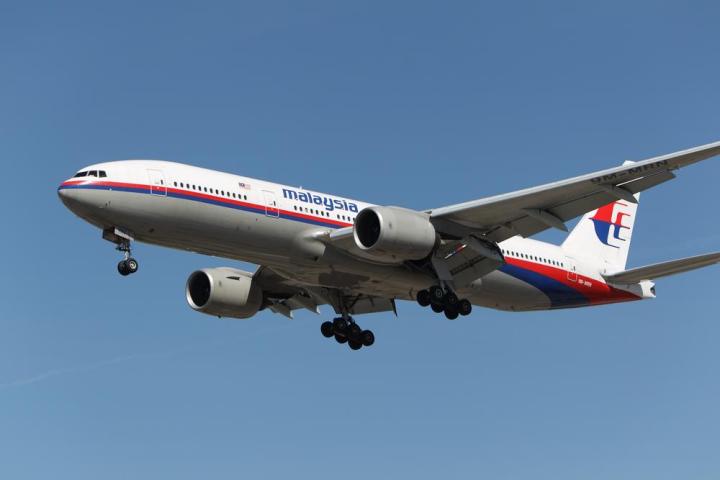
Millions of Web users around the world have been doing their bit to help find the missing Malaysia Airlines jet in a crowd sourcing exercise that’s thought to be the first of its kind.
The virtual search party was the idea of US-based Earth-imaging firm DigitalGlobe, which has made data available from several of its satellites that it redirected to pull in imagery from a huge area of the ocean between the Gulf of Thailand and the South China Sea where the plane may have gone down.
Since inviting Internet users to help with the search earlier this week, more than two million people have taken time out to scour the incredibly detailed imagery captured from two satellites positioned about 400 miles above the sea.

The specially designed website, which incorporates DigitalGlobe’s Tomrod search system, lets users put down markers on objects of interest, whether it’s possible wreckage, rafts, or oil slicks. Sightings of anything else deemed to look “interesting” or “suspicious” can also be highlighted. The information is made available to the authorities who then evaluate it to decide whether it’s worth investigating further.
By Wednesday, the virtual search party had tagged just short of 650,000 objects covering thousands of square miles.
“We will continue to collect imagery of the search area and adapt our collection plans as new information becomes available,” DigitalGlobe said on its website Wednesday, adding, “We appreciate the work that so many of you have done to search for clues and spread the word, and we sincerely hope the efforts will lead to a breakthrough.”
However, up to now, the search, which besides the online community also includes 39 planes and 42 ships from 12 nations, has found nothing of note relating to Flight MH370.
We can only hope that with DigitalGlobe adding data all the time, something will show up sooner rather than later. If you fancy helping out with the hunt for the missing plane, you can do so by visiting the special search site here.
Malaysia Airlines’ Boeing 777, which had 239 passengers and crew on board, disappeared from radar early Saturday morning as it flew from Kuala Lumpur to Beijing.
[Top image: Digital Media Pro / Shutterstock]


